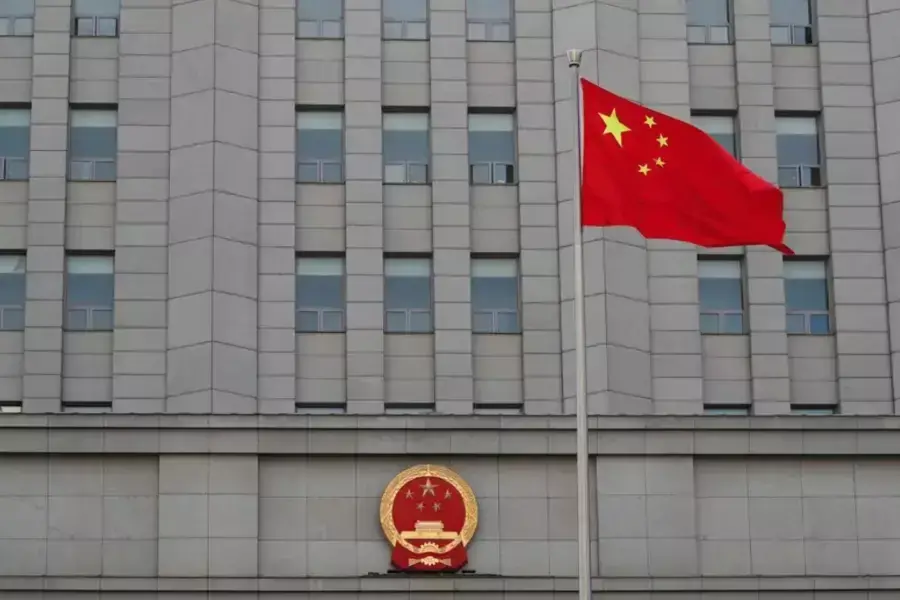China's Steady Retreat From Transparency

China’s court system appears to be dramatically pivoting away from a decade-long effort at judicial transparency. A leaked document from China’s top court – dated November 2022 - reveals that authorities have ordered all courts to upload their judgments to an internal database, available only to court personnel. Coupled with a dramatic reduction in the numbers of cases made available via the Chinese court system’s public-facing platform China Judgments Online (CJO), this has raised concerns that Beijing may be on the verge of steadily gutting, if not scrapping entirely, its move towards greater court transparency launched over a decade ago.
Launched in 2014, the CJO had been hailed as a step towards a “sunshine” judiciary. Along with other transparency initiatives, such as the 2007 open government information regulations, it was the culmination of an effort by Chinese officials in the early years of the 21st century to introduce a degree of official transparency in an effort to expose misconduct by local authorities and increase citizen trust in court and government decisions.
More on:
Nor were these mere words. By 2020, Chinese court authorities were releasing roughly 23 million cases on CJO annually, a significant fraction of all court decisions. But as legal scholars in both China and the United States have noted, Chinese authorities have pivoted in recent years, both in terms of selectively removing cases from CJO, reducing the numbers of cases uploaded (to 9 million annually in 2022, and slowing even more dramatically by late 2023), and now to creating a completely non-public database to which Chinese courts are directed to upload their judgments.
Such trends in the court system are part of a broader pattern towards less transparency across the board. Authorities in Beijing are steadily choking off information. China’s statistics bureau has halted the publication of data – such as the youth unemployment rate – that reflect negative economic trends. Many moves are specifically directed at information flows overseas. In spring 2023, Chinese authorities curtailed overseas access to CNKI, China’s largest repository of academic journals. Similar restrictions were placed on corporate, economic, and financial databases, while foreign due diligence and consulting firms doing business in China were raided. And in November 2023, state security officials announced a crackdown on illegal meteorological stations sending real time weather data abroad.
All of these moves come amid Beijing’s increasing focus on data security and counterespionage, reflected in legal reforms in those two fields, enacted in 2021 and 2023, respectively. Taken together, they point to a steady pivot away from earlier tolerance of (and even active support for) more transparent access to information.
The risks of this will be that China steadily swings back to becoming even more of a black box – not just for foreign scholars, firms, and policymakers, but for Chinese citizens and officials as well. As state security concerns increasingly take center stage in the minds of Party authorities, data on even relatively mundane government or social trends could become regarded as “sensitive,” with severe implications for Chinese academics trying to understand trends in their own society, foreign businesses attempting to understand market developments, and policymakers in Beijing seeking to identify pressing social needs and craft rational policies in response.
More on:
 Online Store
Online Store